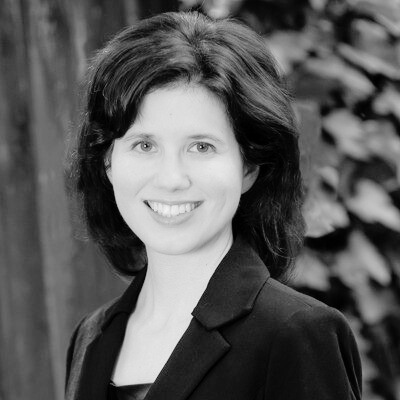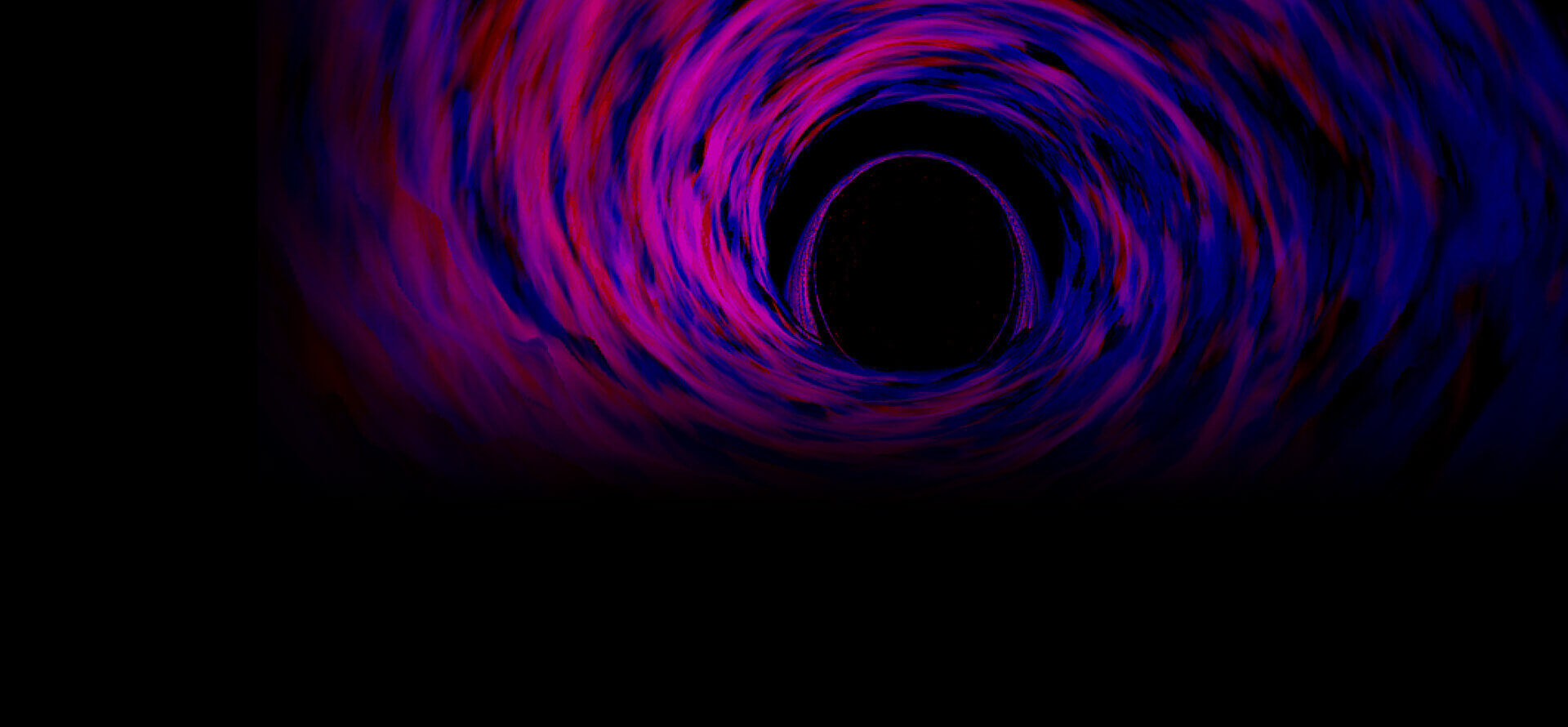Meet the People at the BHI

Connemara Doran
Biography
Connemara Doran, PhD, is Science Historian at the Air Force Office of Scientific Research (AFOSR) in Arlington, Virginia, and holds a National Academy of Sciences – National Research Council (NAS-NRC) Research Associateship. Dr. Doran is a historian of modern science and technology, specializing in the history and philosophy of the physical and mathematical sciences, in particular on the history of astronomy and cosmology, mathematical physics, space science and technology, energy resources, environmental sciences, and climate science. Her research examines developments, from the late 19th-century to the early 21st-century, in theoretical and experimental physics basic research across the fields of relativity, quantum mechanics, astrophysics, cosmology, and metrology. She has researched and published on the development of scientific instruments and space technology that enabled transformative basic research in Cosmic Microwave Background (CMB) cosmology (“Instrumentalizing and Visualizing the Cosmic First Light,” published in 2021); and on the creation of the hydrogen maser atomic clock and its use in testing theories of gravity in the 1976 Gravity Probe A rocket experiment carried out by NASA and the Smithsonian Astrophysical Observatory (in press).
Dr. Doran extensively researched and has published on the groundbreaking contributions of the fin-de-siècle French mathematician, engineer, physicist, and philosopher, Henri Poincaré. One article, “Poincaré’s Path to Uniformization” (published in 2018), was an invited contribution to a peer-reviewed mathematics volume. In that article, Dr. Doran explained the origins of a foundational branch of mathematics that brought together algebra, geometry, and analysis in an entirely new and transformative way in the late 19th century. She used this historical case to explain how innovation and discovery can occur in pure mathematics, and how conceptual mathematical advance can occur as both a rupture and a continuity with previous research. This insight is not unique to pure mathematics, but also is applicable to mathematical, theoretical, and experimental physics and instrumentation. In another article, “Poincaré’s mathematical creations in search of the ‘true relations of things’” (also published in 2018), Dr. Doran analyzed how Poincaré attended to the subtle features of space and time within physics by creating subtle mathematical approaches to capturing the empirically-based “true relations” of spacetime – relations that persist regardless of the choice of spatial metric or of a change in physical theory. In this way, Poincaré created mathematical structures still used today to study gravitational and quantum phenomena and the multifold challenges of dynamical systems.
Throughout her career, Dr. Doran has worked with government agencies and academic research groups. She has completed a book manuscript on the history of U.S. energy systems in the long 20th century, including the role of hydraulic fracturing and debates regarding peak supply and peak demand for oil. As Lecturer at Harvard University, Dr. Doran created and taught courses on the history of the physical sciences from the 17th to the early 20th centuries and on the history of environmental and climate science in the U.S. and globally. As a Guggenheim Fellow at the Smithsonian National Air and Space Museum in Washington, DC, she researched experimental aspects of NASA’s COBE and WMAP space missions: the scientific instruments created (detectors and amplifiers, microwave radiometers, cryogenic cooling technologies); the computational algorithms and statistical methods employed for data analysis and visualization production; and the dynamic interactions among scientist principal investigators, science team members, engineers, NASA administrators, university laboratories, and scientific funding agencies.
Honorary Affiliate: Stephen Hawking
In Memoriam
Former Honorary Affiliate
Dennis Stanton Avery and Sally Tsui Wong-Avery Director of Research, Department of Applied Mathematics and Theoretical Physics, University of Cambridge Physics
Learn More About Stephen


